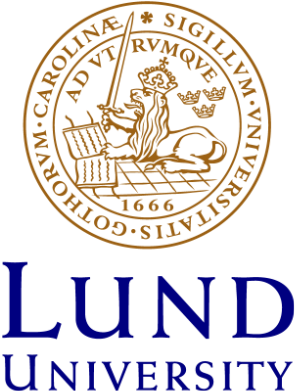ZnT8 autoantibody titers in type 1 diabetes patients decline rapidly after clinical onset.
Autoantibodies to the islet-specific zinc transporter isoform 8 (ZnT8) are detected in the majority of type 1 diabetes patients prior to and at clinical diagnosis. The presence of ZnT8Ab after diagnosis has not been investigated. This study analyzed the autoantibody response to ZnT8 in regard to age at onset and disease duration. Two new onset type 1 diabetes patient cohorts with different age dis
